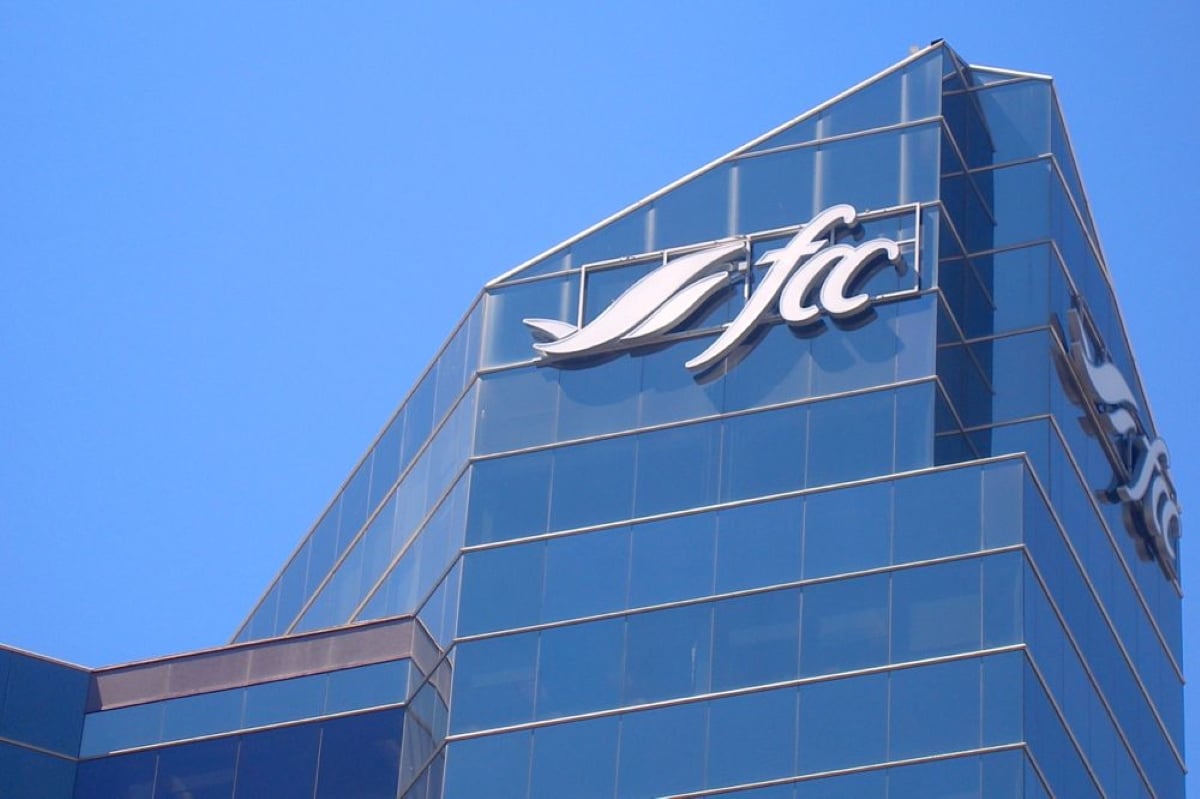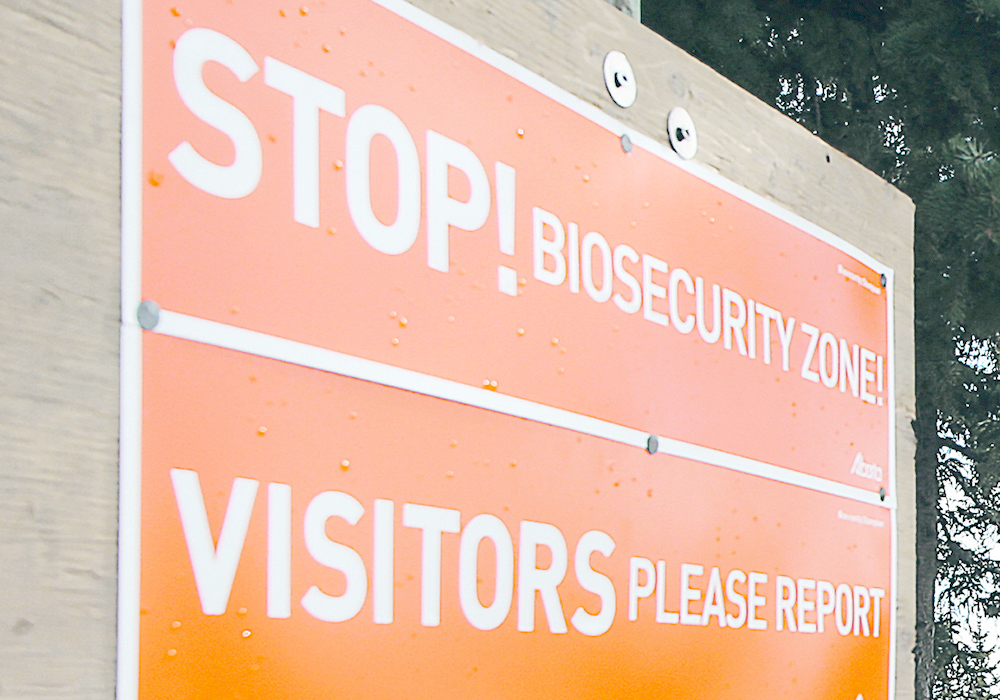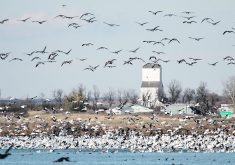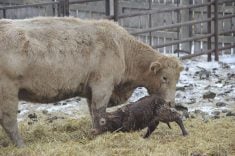Western Canada is dealing with emerging livestock diseases, which emphasizes the need to monitor and to continually focus on biosecurity.
Glen Duizer, animal health surveillance veterinarian with Manitoba Agriculture, says emerging diseases require different resources and systems than a regulatory disease response.
He listed several diseases that have appeared in the past decade:
- Salmonella Dublin, which is becoming endemic on dairy farms.
- Bovine tuberculosis, which 20 to 30 years ago was rare, but now seems to show up in three-to-five-year cycles, with a case last year in Saskatchewan.
- Porcine epidemic diarrhea, a relatively new disease that comes in waves in the hog sector.
- HPAI Eurasian strain, the highly pathogenic strain of avian influenza that continues to cause challenges in poultry.
- COVID 19, a generational challenge in human health and affected animals.
Read Also

Lending policy still focused on primary producers: Farm Credit Canada
Farm Credit Canada said it has not changed its business practices and remains committed to supporting all producers, after a report from an Ottawa-based media outlet claimed otherwise.
When he was in veterinary school in the mid 1990s, Duizer was told he would likely see only one or two emerging diseases in his career.
Biosecurity is the key to managing new and endemic diseases. There are two major touch points on farms – at the farmgate and at the barn door – and they require different levels of assessment and restriction.
Duizer gave several examples of steps to manage biosecurity:
- Have a gate at the entrance to the farm, or the route to the barn, and inside the gate have a biosecurity station, which can be as simple as a tote, with hand sanitizer and biosecurity boot covers.
- Limit cattle purchases, but if necessary, buy from known sources with a detailed history, do diagnostic testing, have a quarantine area, perform health checks and give vaccinations.
- Encourage people in the barns to practise good biosecurity and provide cleaning stations with soap and towels, especially in calving areas.
- Provide clean clothes and footware when entering areas where disease status might be different, such as going from a milking facility to a calf barn.
- Encourage hand washing and glove use.
- Use clean syringes and new needles.
- Think about dedicated equipment for certain areas, such as buckets, bottles and shovels.
- Provide clear communication to employees, service providers and visitors. Is there service equipment (such as calving aids for cows) that the farm can own so the veterinarian doesn’t have to move theirs from farm to farm?
















